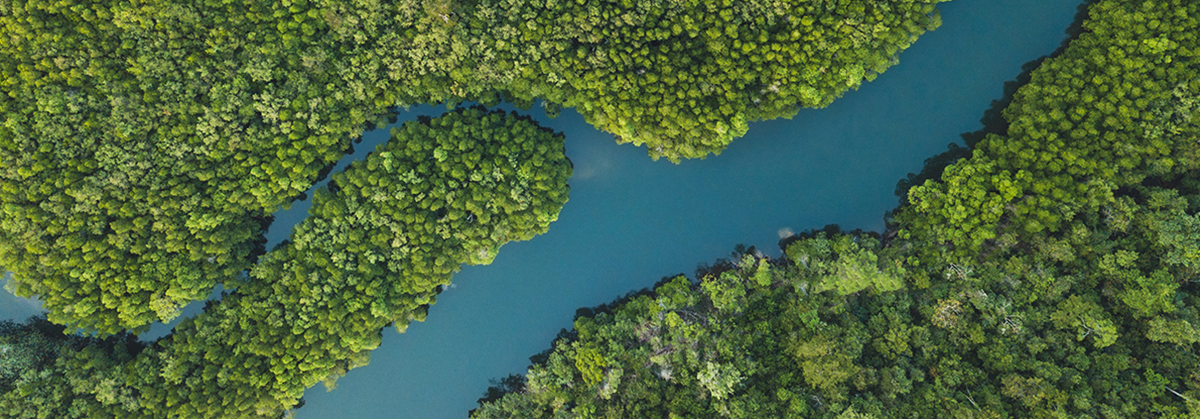Radiological Monitoring of Surface Water
ESOP conducts radiological monitoring of streams and creeks on the SRS property, as well as in the Savannah River. Our purpose is to determine concentrations and migration of radionuclides, detect and confirm accidental releases, and verify any associated impacts.
DHEC collects samples routinely from established surface water locations (Radiological Monitoring of Surface Water locations). Samples are analyzed for tritium on the same day that they are collected. Additional samples are collected from each location to produce a monthly composite which is analyzed for gross alpha-, gross beta-, and gamma-emitting radionuclides. The monthly composite data provide yearly values and are used in determining long-term trends.
Grab samples and composite samples are collected from surface waters every Monday, Wednesday, and Friday at locations that are part of the existing surface water monitoring network. Grab samples are collected by dipping a sample bottle into the water to get a small representation of what’s present at a specific point in time. For composite samples, automatic water samplers are programmed to collect stream water every 30 minutes to allow for continuous monitoring over a longer period of time.
ESOP uses both grab and composite samples to provide an enhanced surface water monitoring program for downstream drinking water systems that utilize water from the Savannah River. ESOP’s sampling location at Burton’s Ferry Boat Landing at U.S Highway 301 and Savannah River mile 118.8 serves as a point of reference to determine if tritium levels exceed certain trigger levels. If these trigger levels are exceeded, ESOP will give notice to the downstream drinking water suppliers.
Non-Radiological Monitoring of Surface Water
ESOP conducts on-site stream monitoring at SRS to determine surface water conditions and detect non-radiological impacts from SRS operations.
Samples are collected once a month from multiple routine surface water locations (Non-Radiological Monitoring of Surface Water locations). Staff analyze the samples for parameters such as pH, dissolved oxygen, and temperature while in the field. After being brought into a laboratory setting, samples are analyzed for turbidity, biochemical oxygen demand, E. coli, nitrate/nitrite, metals, mercury, total suspended solids, and additional parameters.
ESOP’s non-radiological, independent monitoring and surveillance of SRS surface water helps to verify and validate water quality. Continued monitoring is required because of increased land disturbance from accelerated clean-up, new facility construction, logging, and new SRS missions. Each year, the locations, numbers of samples, sample frequencies, and monitoring parameters are reviewed and, if needed, modified to maximize available resources and address SRS mission changes.
